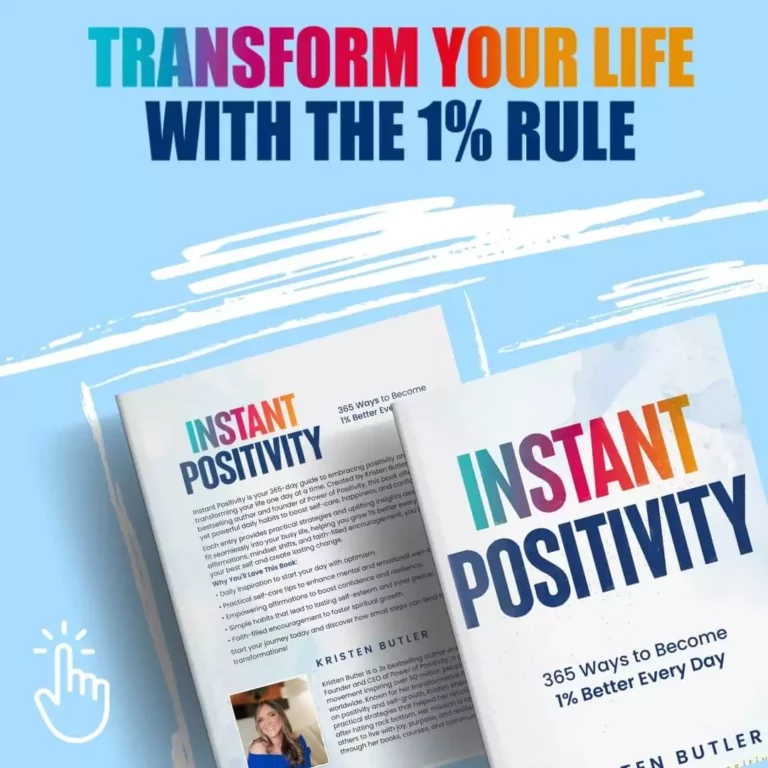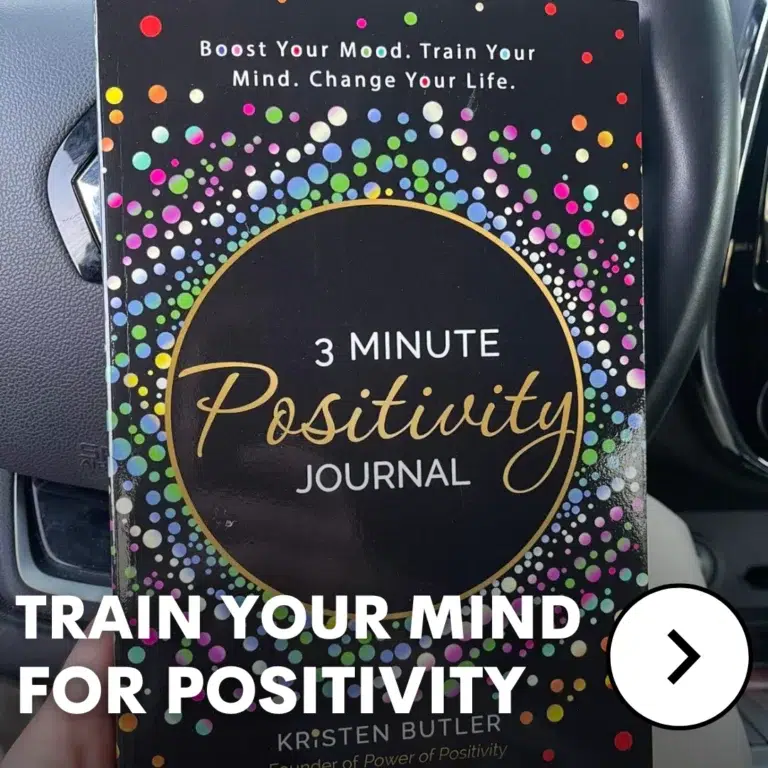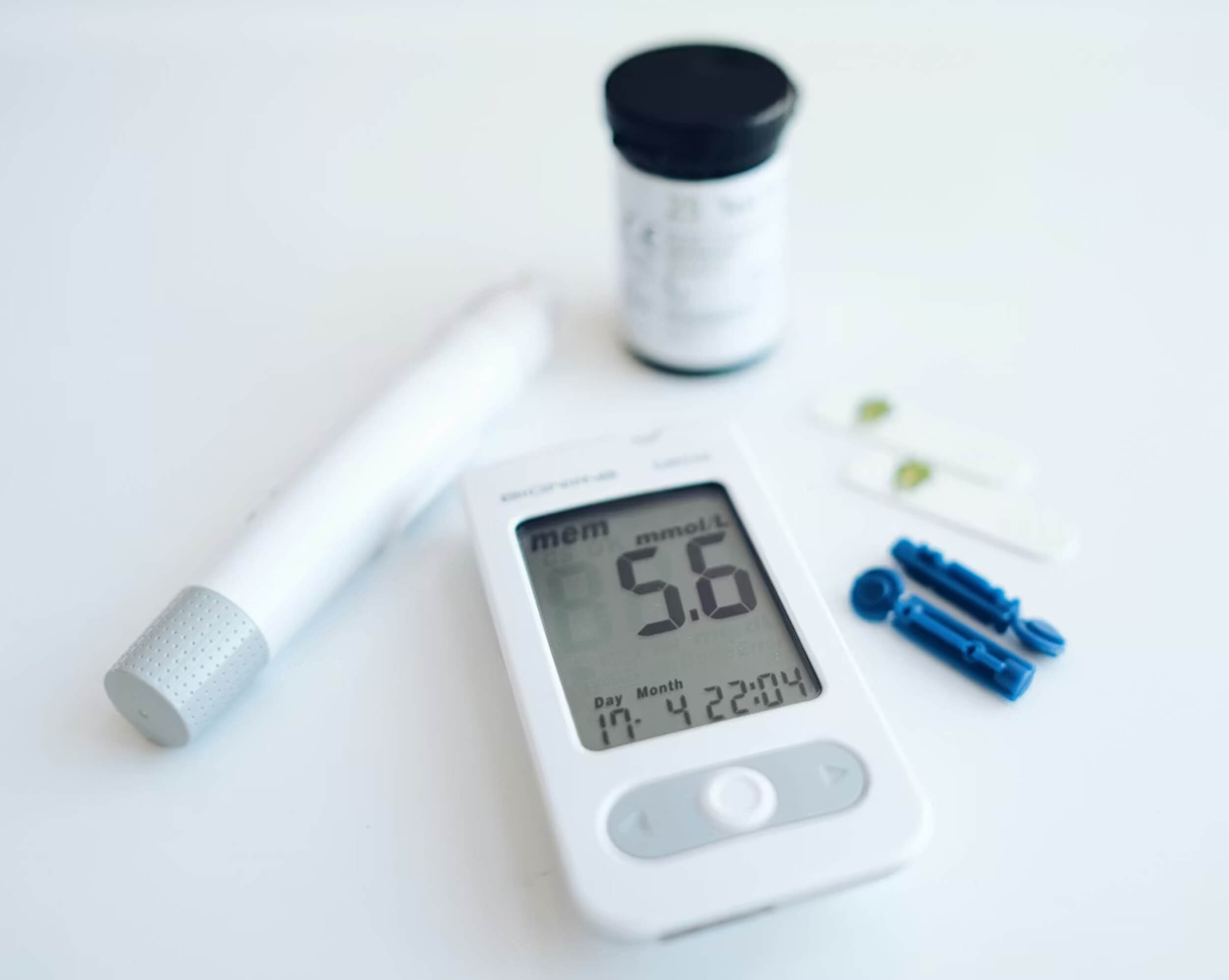At some point, most people deal with back pain. In fact, nearly 8 out of 10 adults will feel it during their lifetime. Sometimes it’s a dull ache, other times it’s a sharp stab that makes even small movements hard. Because back pain is so common, plenty of advice gets passed around — but not all of it is correct.
Old beliefs and quick tips often spread faster than real facts. These back pain myths can make people more worried than they need to be or even keep them from getting better. Simple habits like moving the right way, staying active, and knowing when to rest often matter more than the myths suggest.
This guide sorts through what’s true and what isn’t, giving you clear answers. The goal is simple: to help you feel more confident about caring for your back and making smart health choices.
The Truth About Back Pain
Back pain doesn’t always mean something is seriously wrong. Many people panic when they feel a sudden stab or long ache, but most cases are not linked to dangerous conditions.
Types of pain can vary:
- A dull ache that lingers through the day.
- A sharp stab that comes with certain movements.
- Stiffness after sitting or standing too long.
Different factors can play a part, such as:
- Everyday habits and posture.
- Extra body weight adding pressure on the spine.
- High stress levels that tighten muscles.
The problem is that back pain myths make people believe the worst. Some myths even stop people from trying safe treatments that actually help. Facts matter because the right information prevents unnecessary worry and helps you take steps that protect your health instead of delaying recovery.
Myths and Facts About Back Pain
Myth 1: Always Sit Up Straight
Many people grew up hearing, “Sit up straight or you’ll hurt your back.” While slouching too much isn’t good, sitting bolt upright all day can also strain your muscles.
Here’s what helps instead:
- Shift positions often. Staying locked in one pose puts stress on your spine.
- Let your back curve naturally. A small curve is healthy and supports your body better.
- Take standing breaks. Even a few minutes of standing or walking eases tension.
This is one of those back pain myths that sounds smart but can backfire. Good posture is about balance, not stiffness. The more you allow your body to move and adjust during the day, the less likely you’ll end up with a sore back from just sitting still too long.
Myth 2: Don’t Lift Heavy Things
The idea that lifting anything heavy will ruin your back is another common myth. The truth is, it’s not about the weight alone — it’s about how you lift.
Safe lifting means:
- Bending your knees, not your back. Use your legs to power the movement.
- Keeping the object close. Holding weight near your body keeps your spine stable.
- Avoiding twists. Turning while lifting is what often causes injury.
This myth keeps people afraid of carrying groceries, kids, or boxes. Lifting is part of life, and your body is built to handle it when you use the right technique. Out of all the back pain myths, this one can cause people to avoid normal activity — when in reality, safe movement makes your back stronger over time.
Myth 3: Bed Rest Is the Best Cure
A lot of people think lying in bed for days is the fastest way to heal back pain. In reality, too much bed rest does more harm than good.
Here’s why movement matters:
- Muscles weaken quickly. Staying in bed causes them to stiffen and lose strength.
- Circulation slows. Blood flow helps healing, and lying still slows recovery.
- Joints stiffen. Lack of movement makes it harder to get back up again.
Gentle activity — like short walks, light stretching, and moving around the house — supports healing. One of the most damaging back pain myths is believing complete rest is the answer. A short rest may help right after an injury, but long-term bed rest can make pain worse and delay your return to normal life.
Myth 4: Back Pain Is Always Caused by Injury
Back pain isn’t always linked to a sudden accident or physical injury. Many different conditions or lifestyle issues can play a role.
Possible causes include:
- Disc degeneration from natural aging.
- Arthritis affecting spinal joints.
- Infections or inflammation in rare cases.
- Stress or tension that tightens muscles.
- Family history or inherited conditions.
Blaming every episode on an injury ignores the bigger picture. This is why not all treatment is the same for every person. Knowing that causes vary helps you avoid falling for oversimplified back pain myths. Your pain might come from several factors working together, and understanding that makes it easier to find the right way forward.
Fact 1: Extra Weight Increases Back Pain
Carrying extra pounds puts more stress on your spine and joints. The back has to support the body’s weight every time you stand, walk, or move.
The risks increase when:
- Weight is gained quickly. The body has less time to adjust.
- Extra pounds sit around the belly. This pulls the spine forward and strains muscles.
- Fitness is low. Weak muscles don’t protect the back as well.
The positive side is that small lifestyle changes make a difference. Even modest weight loss, paired with regular activity, eases pressure and reduces pain. Out of all the facts that counter back pain myths, this one is simple — keeping a healthy weight supports your spine, and small steps add up to long-term relief.
Myth 5: Skinny Means Pain-Free
Thin people often assume they’re safe from back problems, but that’s not true. Being underweight can bring its own set of risks.
What’s important to know:
- Weak bones. Very thin people, especially with eating disorders, may have bone loss.
- Higher fracture risk. Fragile bones increase chances of vertebrae breaking.
- Back strain. Lack of muscle support can also cause discomfort.
Anyone can experience back pain regardless of body type. One of the overlooked back pain myths is that being slim protects you from problems, but the spine needs balanced support. Strong muscles, good nutrition, and healthy habits are better indicators of back health than weight alone.
Myth 6: Exercise Is Bad for Back Pain
People often stop all activity when their back hurts, thinking rest is safer. But avoiding exercise can actually make the pain worse.
Why movement helps:
- Prevents stiffness. Joints and muscles work better when they’re used.
- Builds strength. Core and back muscles support the spine.
- Boosts recovery. Gentle movement helps your body heal faster.
Doctors often recommend specific exercises after pain starts to improve mobility and reduce future flare-ups. Stretching, walking, and low-impact activities like swimming are safe for most people. Out of all back pain myths, this one keeps people from one of the best tools they have — safe, regular movement.
Fact 2: Chiropractic and Manual Therapy Can Help
Some people find relief through hands-on care such as chiropractic adjustments or massage therapy. These options are supported by treatment guidelines for low back pain.
Benefits include:
- Improved mobility. Manipulation helps loosen tight joints.
- Reduced tension. Massage relaxes muscles that feed into pain.
- Short-term relief. Many people feel better after a few sessions.
These therapies are best combined with exercise and healthy habits. They aren’t magic cures, but they’re valuable tools in a broader plan. Unlike back pain myths that promise quick fixes, chiropractic and manual therapy provide evidence-based support that works alongside other safe approaches.
Fact 3: Acupuncture and Mind-Body Therapies Work for Some
Alternative therapies like acupuncture, yoga, relaxation training, and cognitive behavioral therapy (CBT) have been shown to help some people with back pain.
Why they matter:
- Acupuncture may reduce pain signals and improve function.
- Yoga builds flexibility and core strength.
- Relaxation techniques lower stress that often makes pain worse.
- CBT helps people change negative thought patterns that add to suffering.
These options are especially useful when standard care doesn’t give full relief. Unlike common back pain myths, these treatments have scientific support for improving quality of life. While results vary, adding one or more of these therapies can make pain easier to manage.
Myth 7: Firmer Mattresses Are Always Better
People often believe the harder the mattress, the better the support. Studies show that’s not always true.
What research suggests:
- Medium-firm mattresses often reduce pain better than very firm ones.
- Comfort matters. The right mattress depends on how you sleep and your body shape.
- Support and alignment are more important than firmness alone.
This myth leads people to buy mattresses that actually make their pain worse. A bed should support your spine’s natural curve and let you rest comfortably. Out of the many back pain myths, this one is easy to fix: the best mattress is the one that keeps you comfortable and aligned, not the one that feels like a board.
Practical Ways to Protect Your Back
Healthy habits go a long way in preventing back problems. You don’t need extreme changes — small, steady routines make the biggest difference.
Helpful steps include:
- Exercise regularly. Mix strength training, stretching, and light aerobic activity. Even a daily walk helps.
- Strengthen your core. Strong stomach and back muscles take pressure off the spine.
- Pay attention at work. Use adjustable chairs, keep screens at eye level, and stand up every hour.
- Lift with care. Bend at the knees and keep items close.
- Sleep smart. Find a mattress and pillow setup that keeps your spine in line.
- Lower stress. Relaxation, breathing, or hobbies help reduce muscle tension.
- Keep a healthy weight. Even small weight changes ease pressure on your back.
These simple behaviors don’t just reduce pain — they help prevent future flare-ups.
When Back Pain Needs a Doctor
Some back pain clears up with home care, but serious warning signs need quick medical attention.
See a doctor right away if you notice:
- Loss of bladder or bowel control.
- Sudden severe weakness or numbness.
- Unexplained weight loss.
- Fever or infection signs with pain.
These may point to rare but serious issues like fractures, infections, or nerve compression. Most back pain isn’t life-threatening, but it’s important to recognize when it could be something more. Acting early ensures you get the right treatment before problems grow worse.
Final Takeaway
Believing myths makes back pain scarier and harder to manage. Following the facts helps you take smart steps instead of worrying over the wrong things.
Main points to remember:
- Movement helps. Bed rest only slows recovery.
- Safe habits work. Lifting, posture, and exercise matter when done right.
- Treatments vary. What works for one person may not work for another.
- Professional advice counts. Don’t ignore red flags.
The biggest mistake is letting back pain myths shape how you live. Most people can improve with active lifestyles, healthy routines, and evidence-based care. Listen to your body, stay informed, and use facts as your guide.















